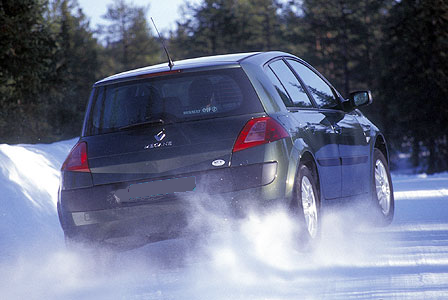Emergency stop method
 It goes without saying that you should rarely, if ever, have to make an emergency stop. However, we are all human (most of us anyway!)
It goes without saying that you should rarely, if ever, have to make an emergency stop. However, we are all human (most of us anyway!)
You might, at some time over the years to come, have a lapse of attention or meet another road user who suddenly does something that could not have been anticipated. In this situation you will need to be able to stop quickly and safely.
In this unit you will find a practical driving project that you can complete, ideally with the help of a friend. It is designed to give you an appreciation of how just how far it takes to stop in an emergency situation. But first an overview of the method.
In addition to the notes in this unit we strongly recommend that you look at the Emergency Stop section on the DriverActive web site. Much of the information is the same, but then one of the things you will be discover about teaching and have possible noticed in your own learning so far is that reinforcement and repetition helps to build skills and understanding - often seeing similar information in a different context will help you to understand it better.
'Brake and clutch'
The 'brake and clutch' method is useful to help with the timing of your actions when stopping quickly in cars without ABS - if you are a little nervous about this exercise it's also a good starting point even if your car has ABS.
To use the method you simply say, out loud or in your head, the words 'Brake - and - Clutch' at around normal speaking rate. As you say 'brake' you press the brake pedal firmly. 'And' provides a pause before you press the clutch down on the word 'clutch'.
If you have ABS (anti-lock brakes) fitted press the brake pedal hard and hold it down - you might experience a vibration though the pedal as the ABS rapidly applies and releases the brakes. (More about anti-lock braking systems here)
Both feet together?
Many experts will tell you to press the brake and clutch together in an emergency regardless of the vehicle type.
That advice is fine, in fact it's the way I drive (in the very rare emergencies that occur!) and the way I would teach when in the car with an advanced driving student.
However, I suggest the 'brake and clutch' method here for two reasons:
-
You might be practicing with someone who is not a trainer or recognised driving expert
-
You might be a relatively inexperienced driver
If either of these things are true, you will be less likely to panic and therefore retain greater control using the 'brake and clutch' approach.
Next: Watch the video clips in Step 3 for more information about method and practise.